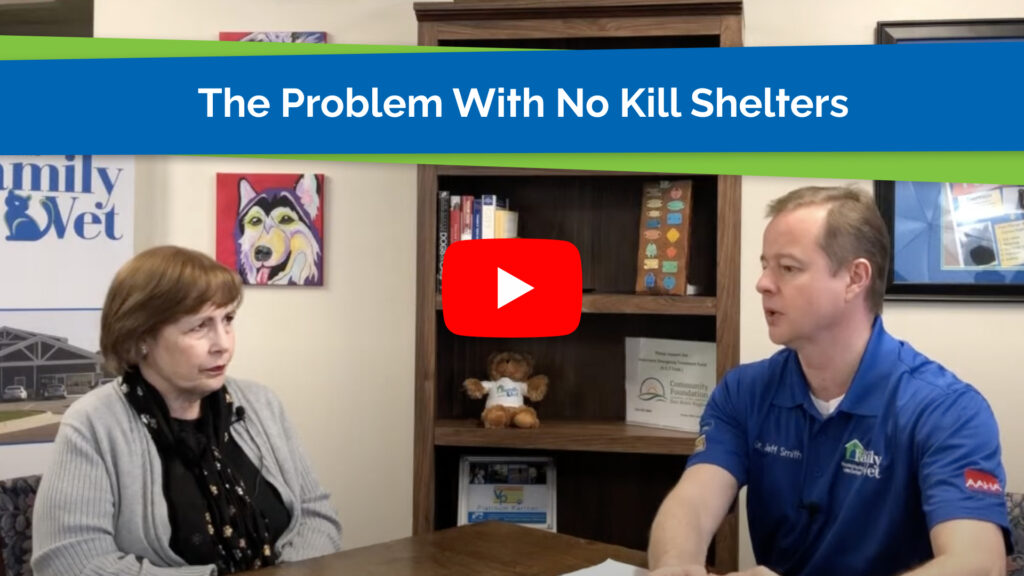For many years, in our community alone, there have been 3,000-5,000 unwanted animals that arrive at the shelter annually. The question is where do those animals go and what happens to them if nobody wants them? If everyone took care of their own pets by spaying or neutering them or making sure they didn’t breed, there wouldn’t be any unwanted pets so we wouldn’t need the shelter and it would go out of business.
How Can a Shelter be a No Kill Shelter?
The no kill movement started many years ago out in California and people became convinced that there wasn’t a pet overpopulation problem. They believed that it was the animal shelter owners that did not want to find animals a new home. After that, the whole discussion changed from ‘how can we decrease euthanasia’ to ‘euthanasia needs to stop right now’. In Danville, we can become ‘no kill’ right now, by not taking in more animals. We have open admission shelters, which means you can come from anywhere and bring any dog and we would accept it even though we know that we do not have anyone waiting to adopt it.
When the no kill movement began, people were too focused on the live release rate instead of other important factors. If your shelter has a live release rate of at least 90% you are considered a no kill shelter. The live release rate takes into consideration all animals that either get adopted or transferred from the shelter. According to the no kill movement, you do not have to factor in animals that you turn away or that die on their own while in your shelter.
From a veterinarians standpoint, we have worked to get the rabies vaccine required by law and are very strict about enforcing the rabies vaccine. You don’t really hear about people getting rabies anymore in America, and this is because we vaccinate a lot of animals but we also take stray animals off the street which is a public health hazard. So if we just close the doors to our shelters and become a no kill shelter that is a little scary because we aren’t allowing any animals in and keeping them on the streets. Instead of bringing their animals to a shelter, people will just leave them on the side of the road, leaving it to someone else to find them and take care of them.
It used to be very common for local shelters to provide euthanasia for owners who couldn’t afford veterinary treatment and their animal was suffering. When shelters become no kill shelters they will turn that animal away and it is faced with prolonged suffering before they die or are abandoned by their owners.

